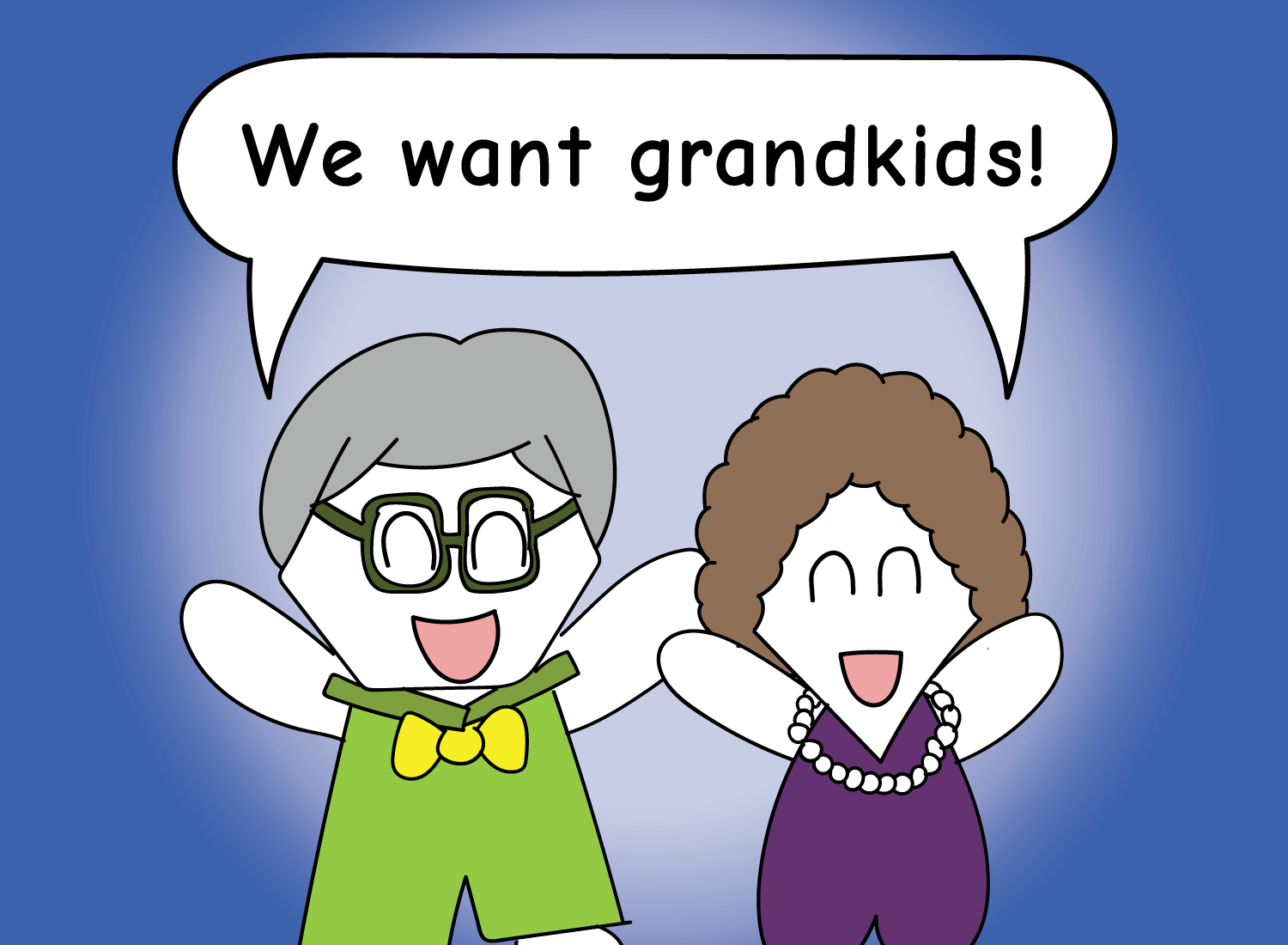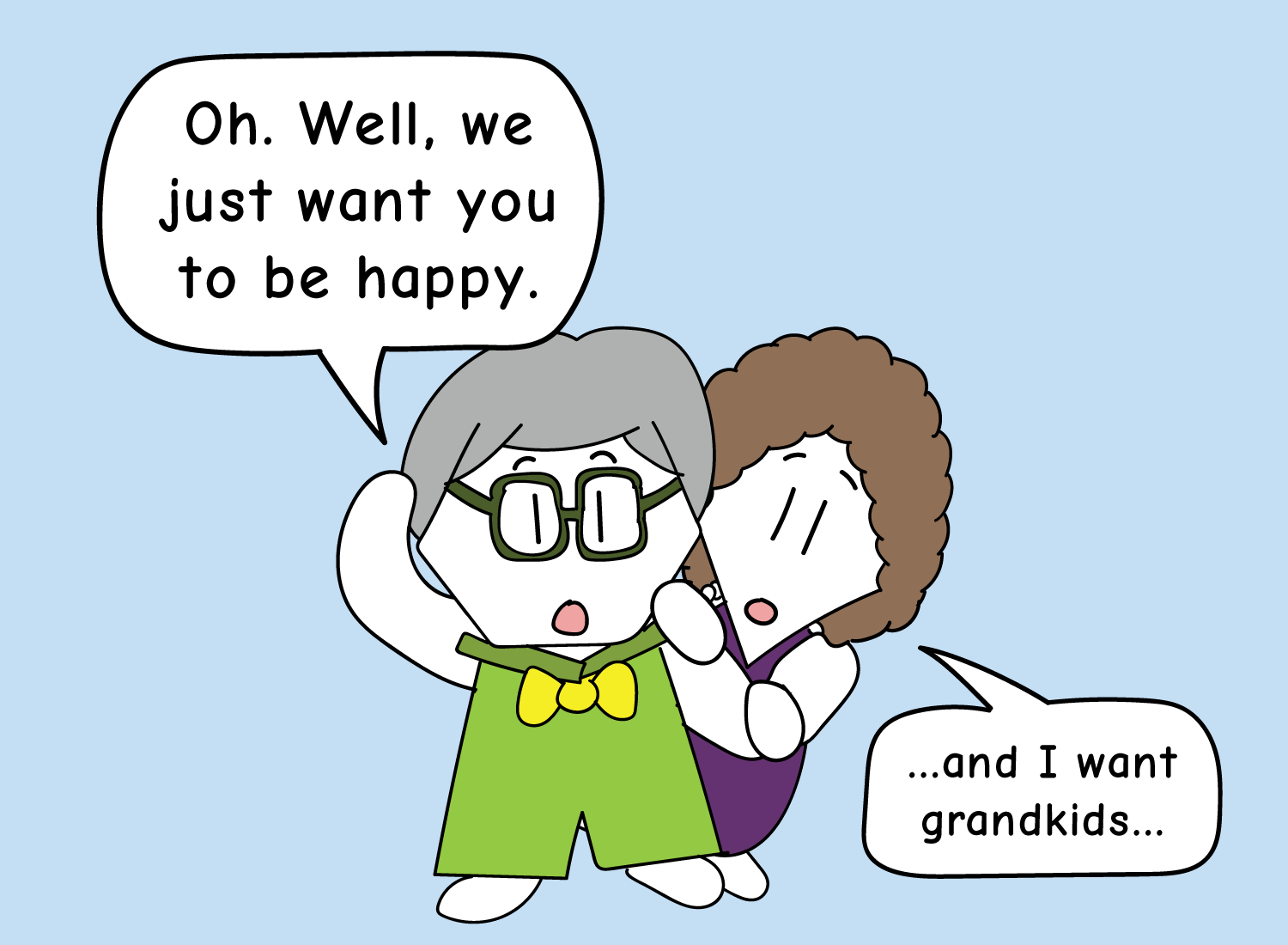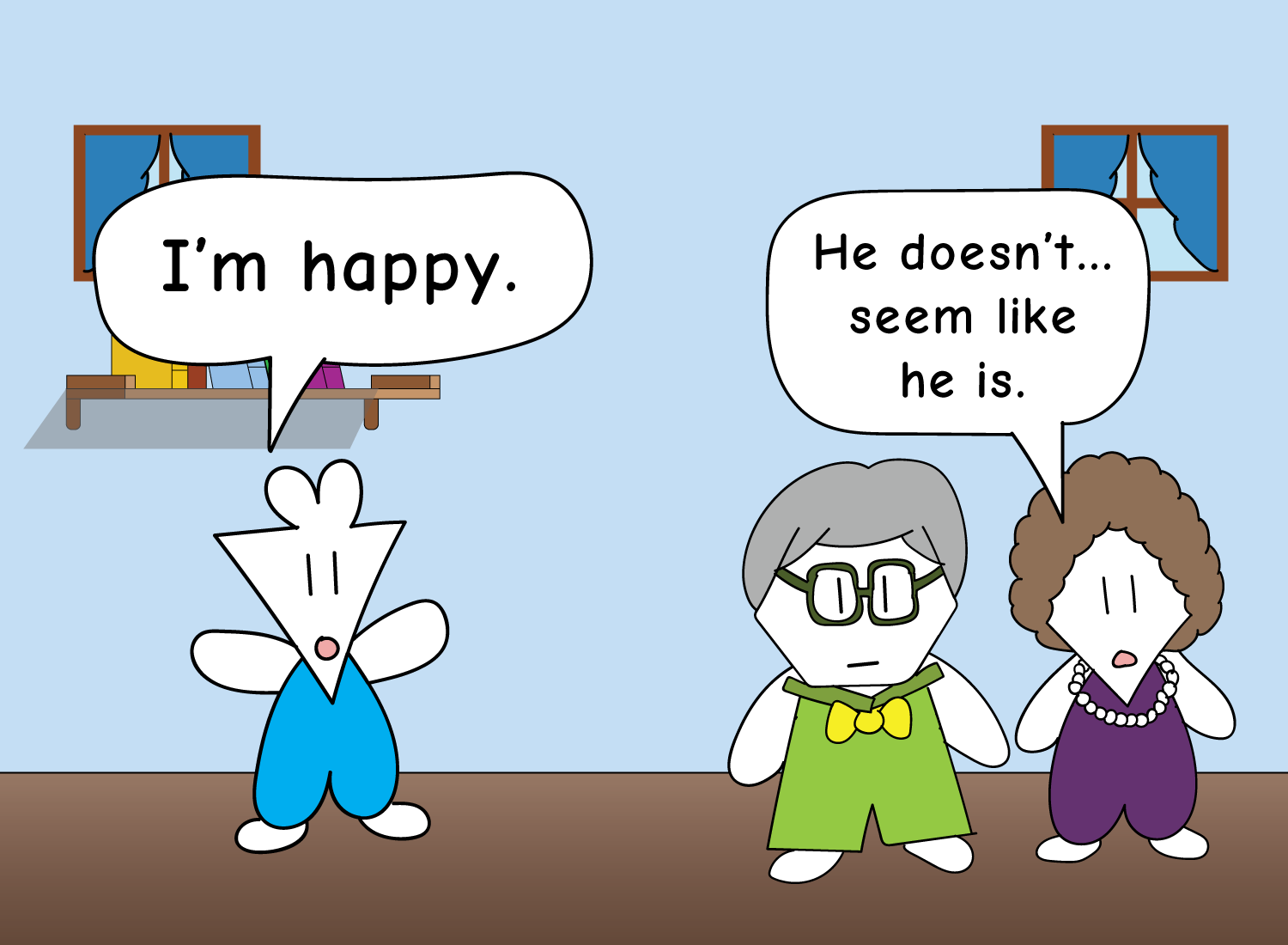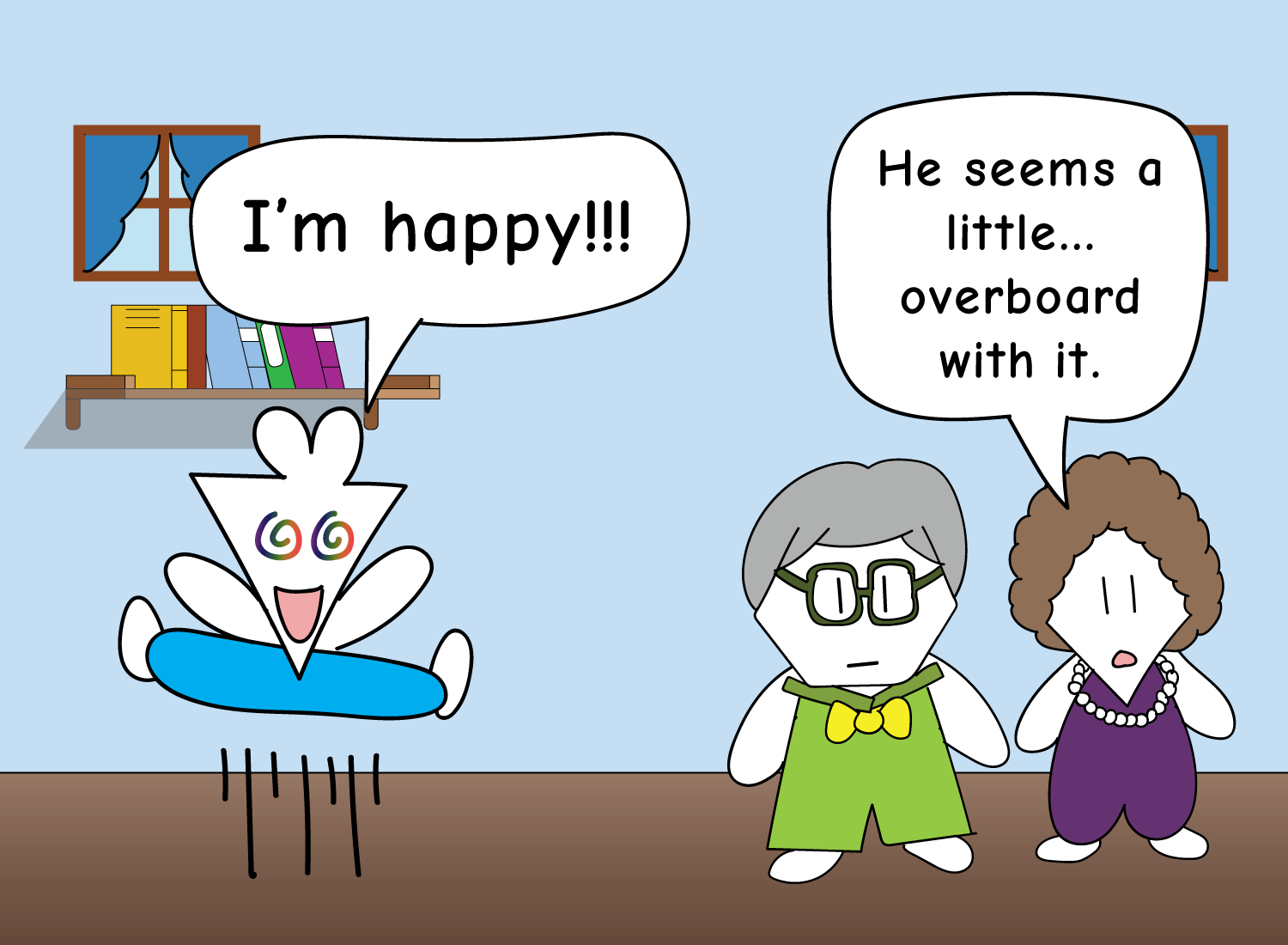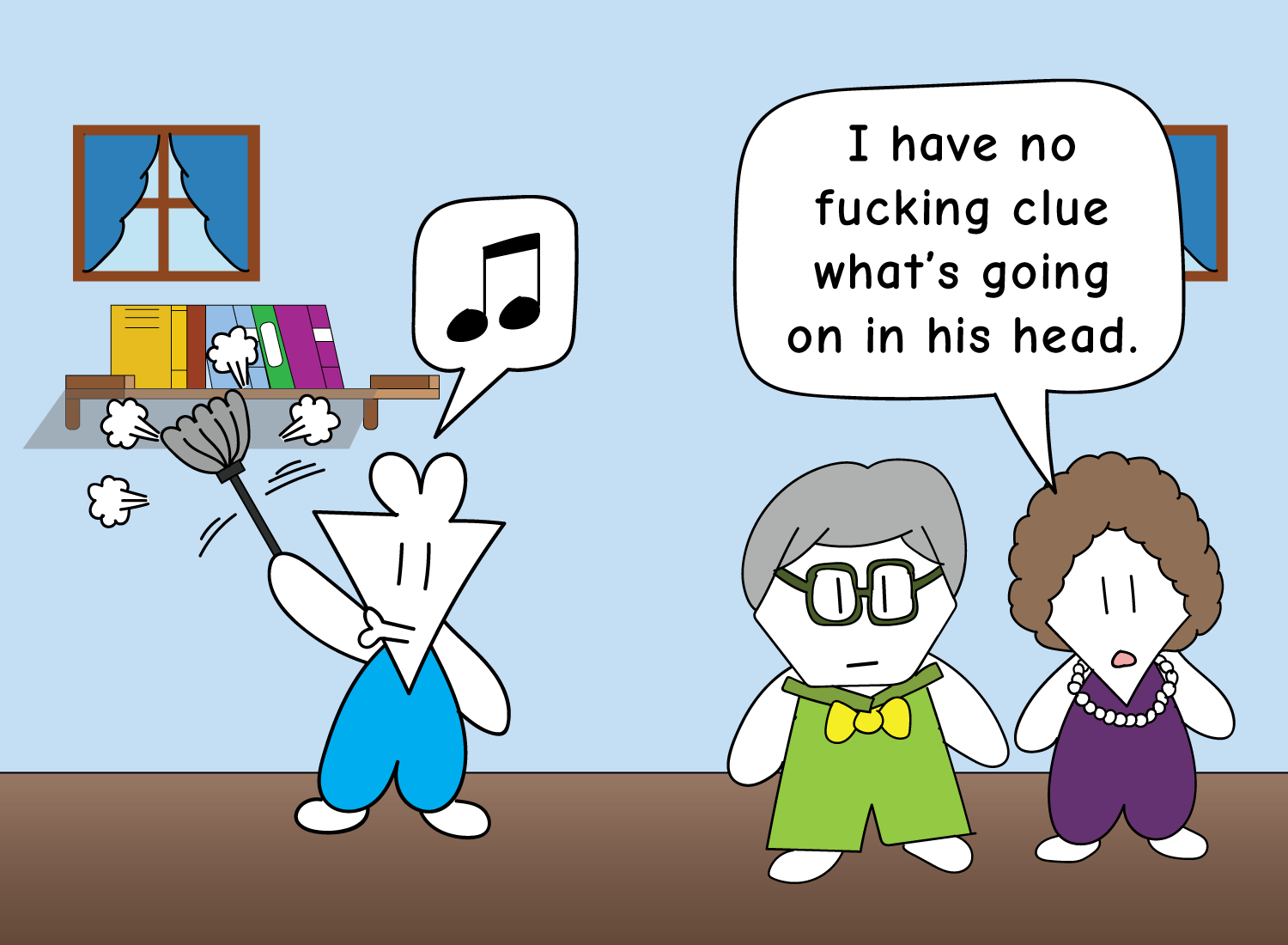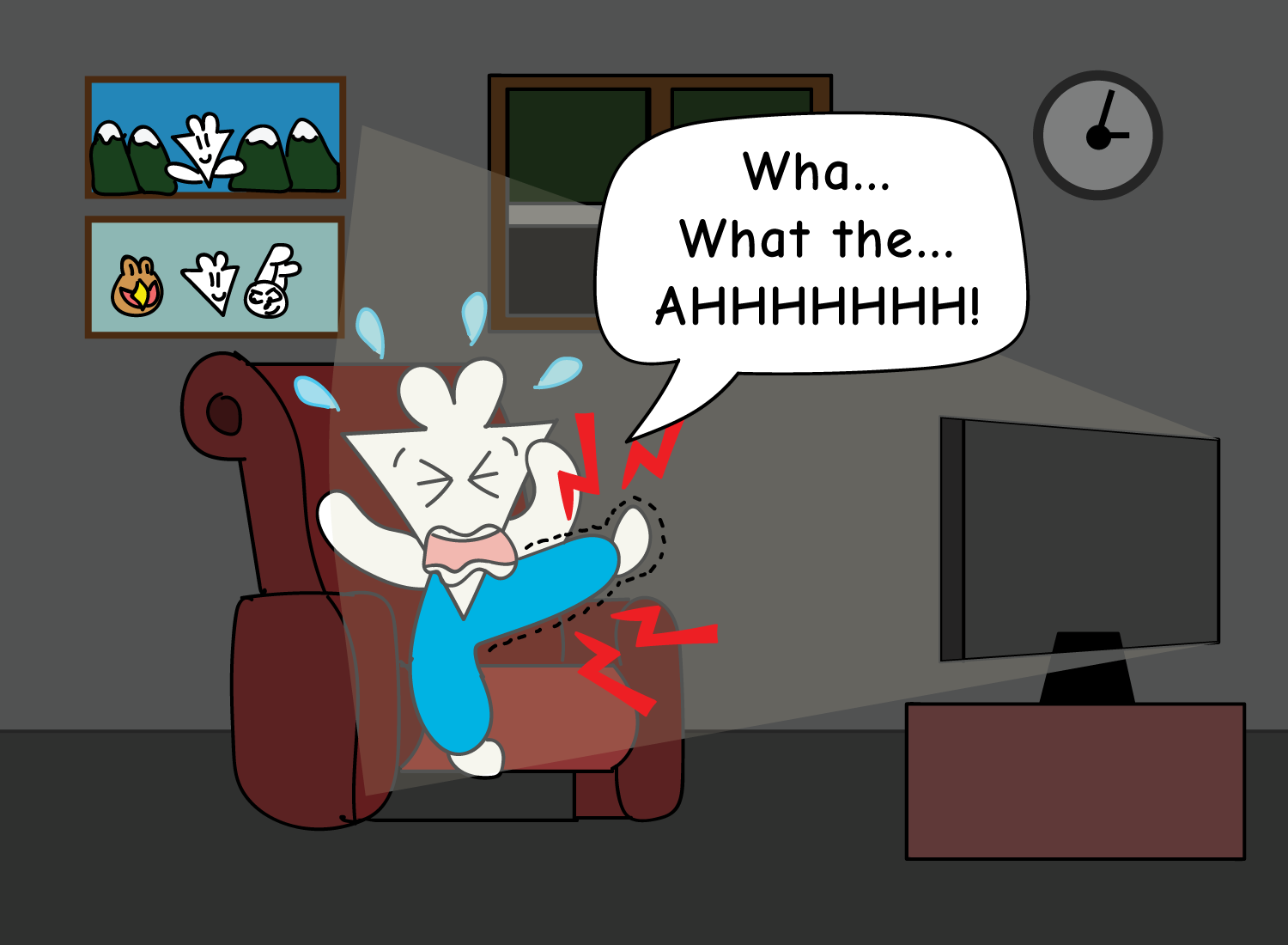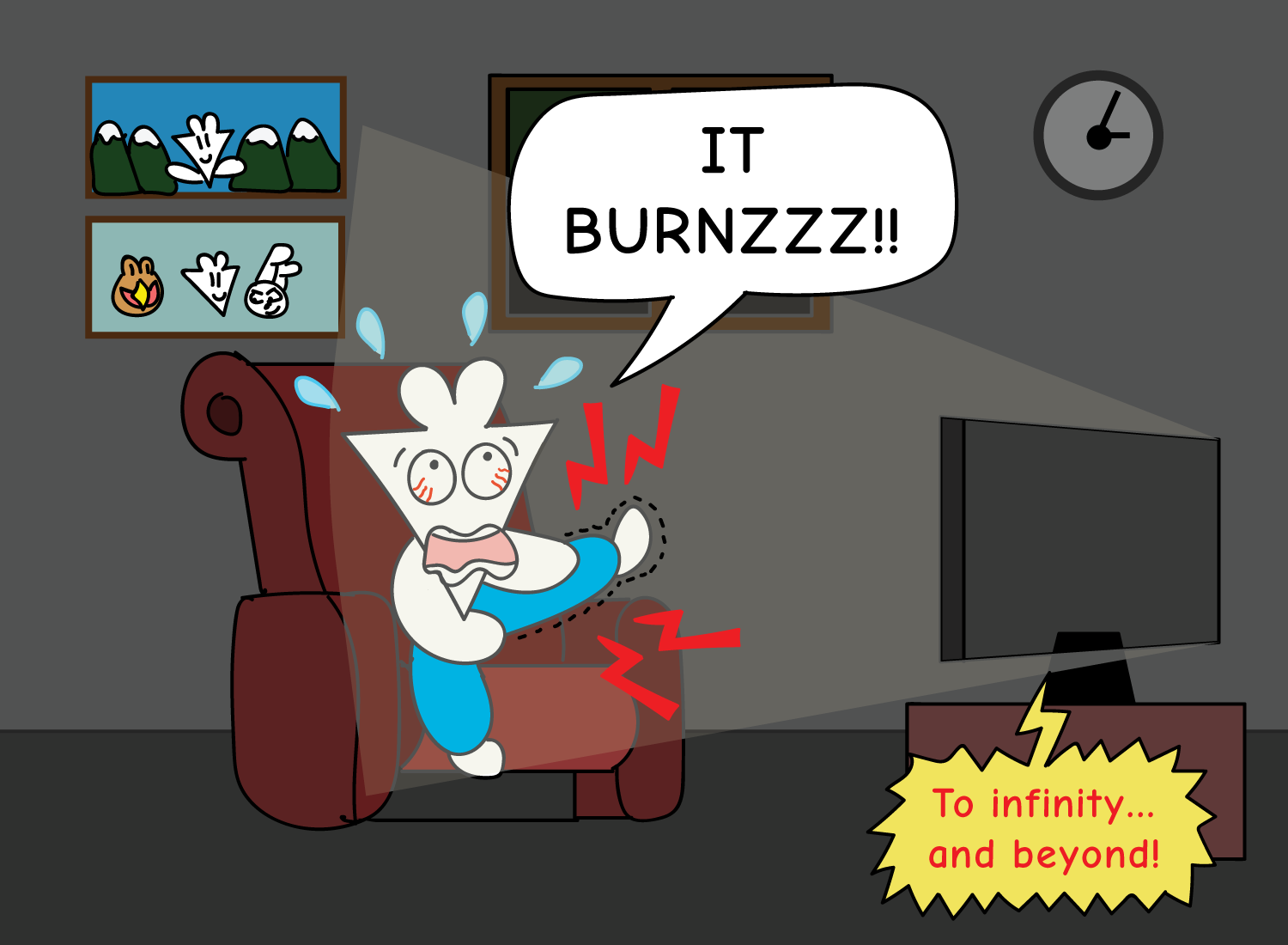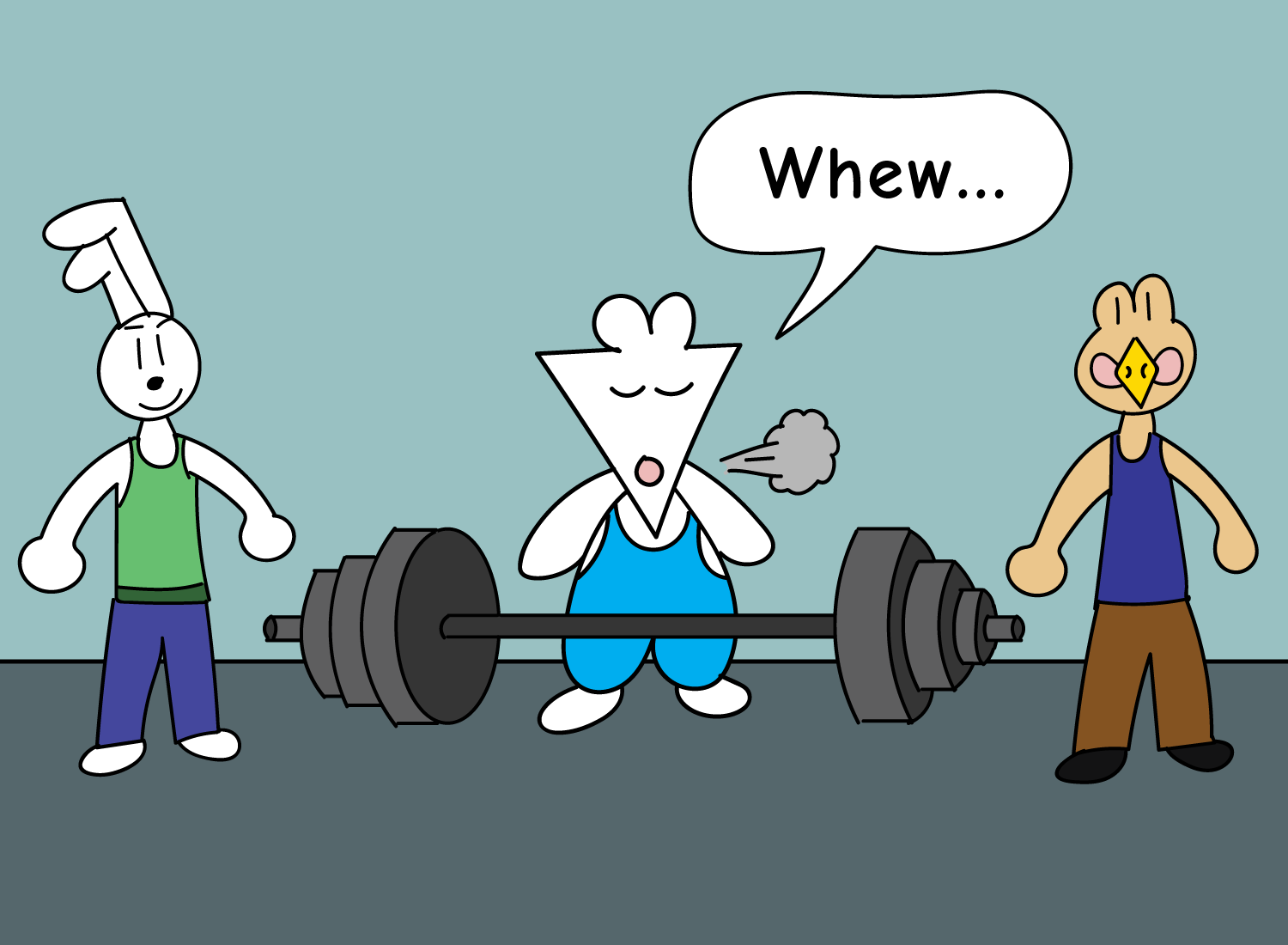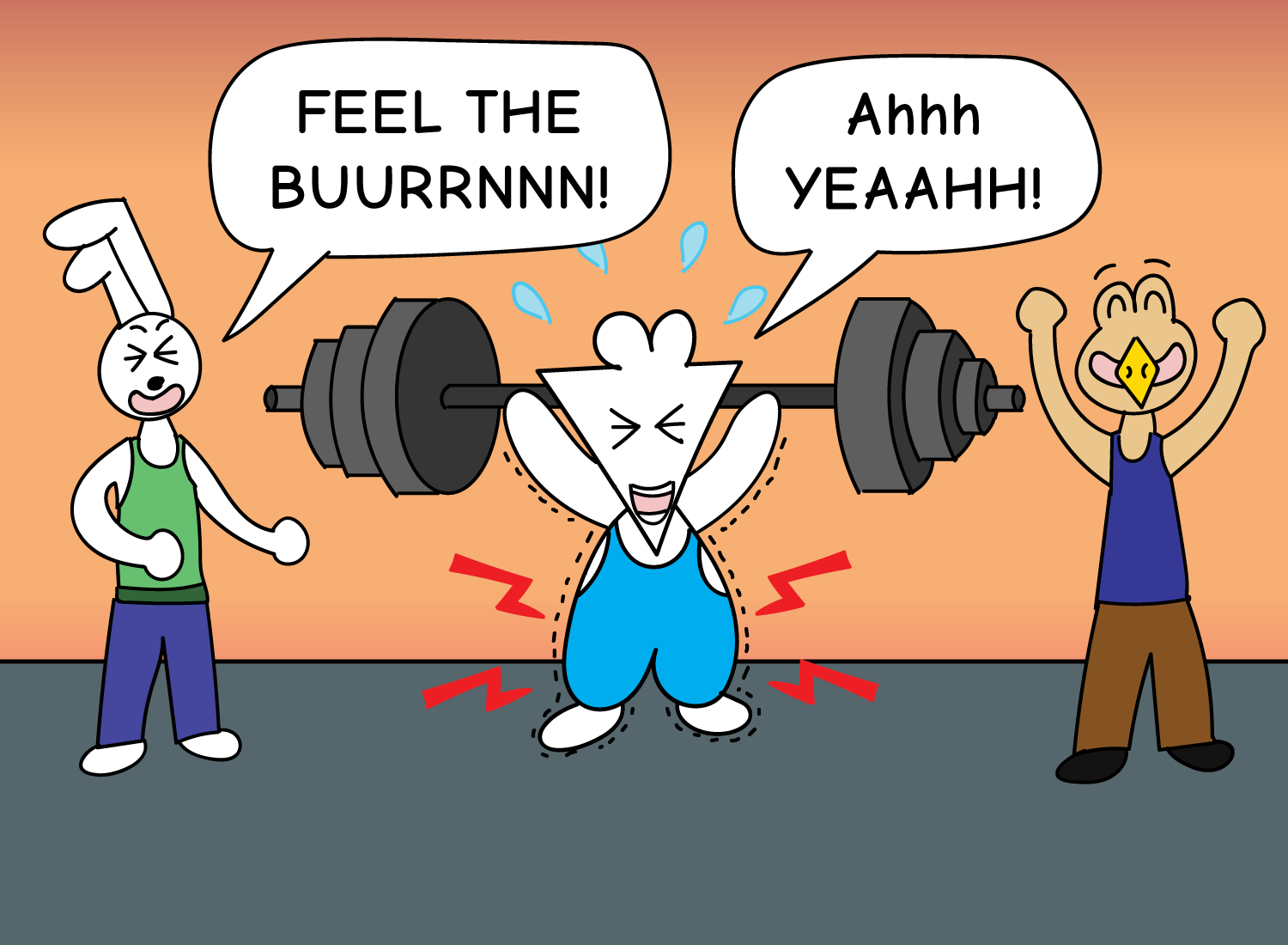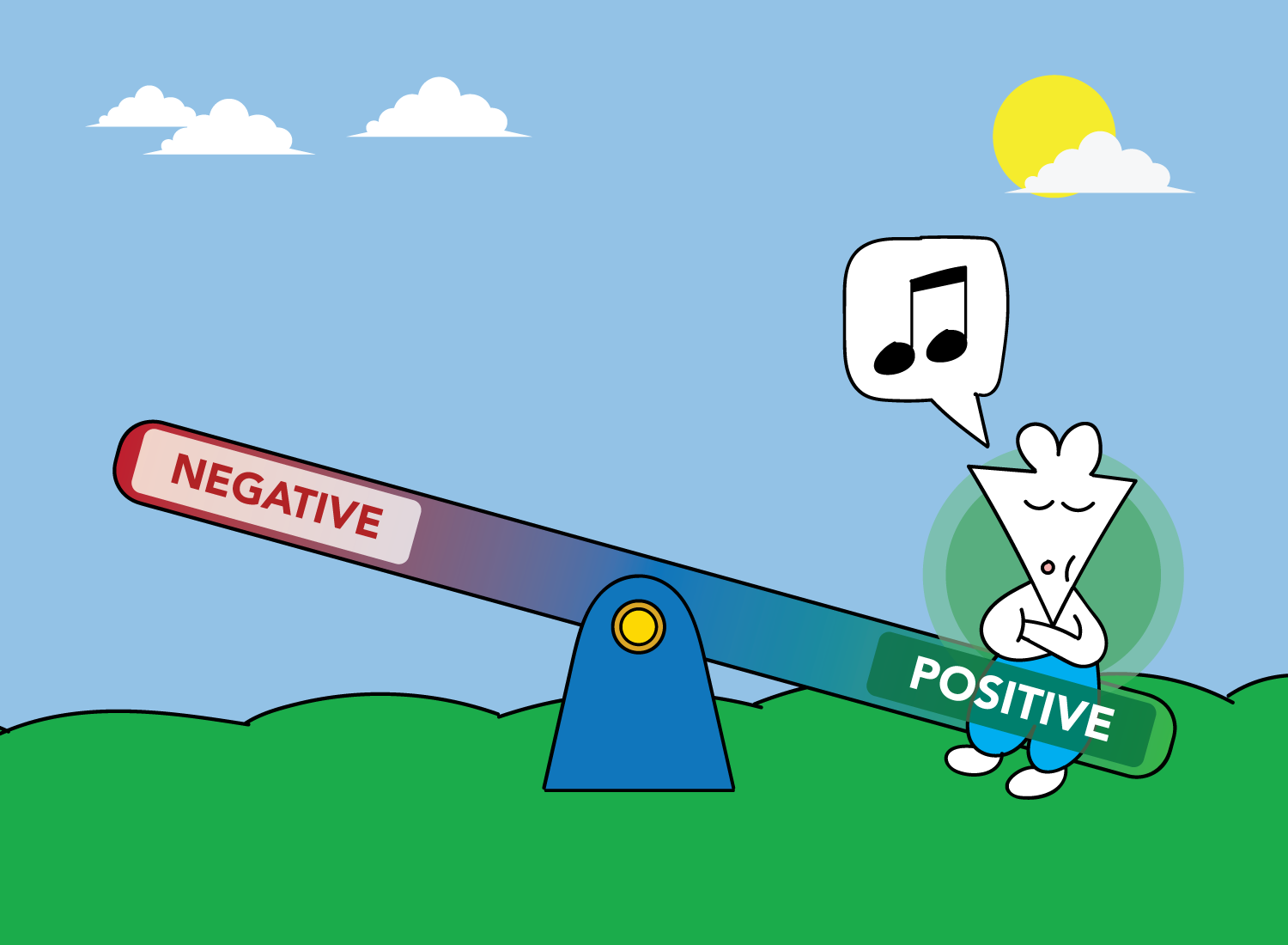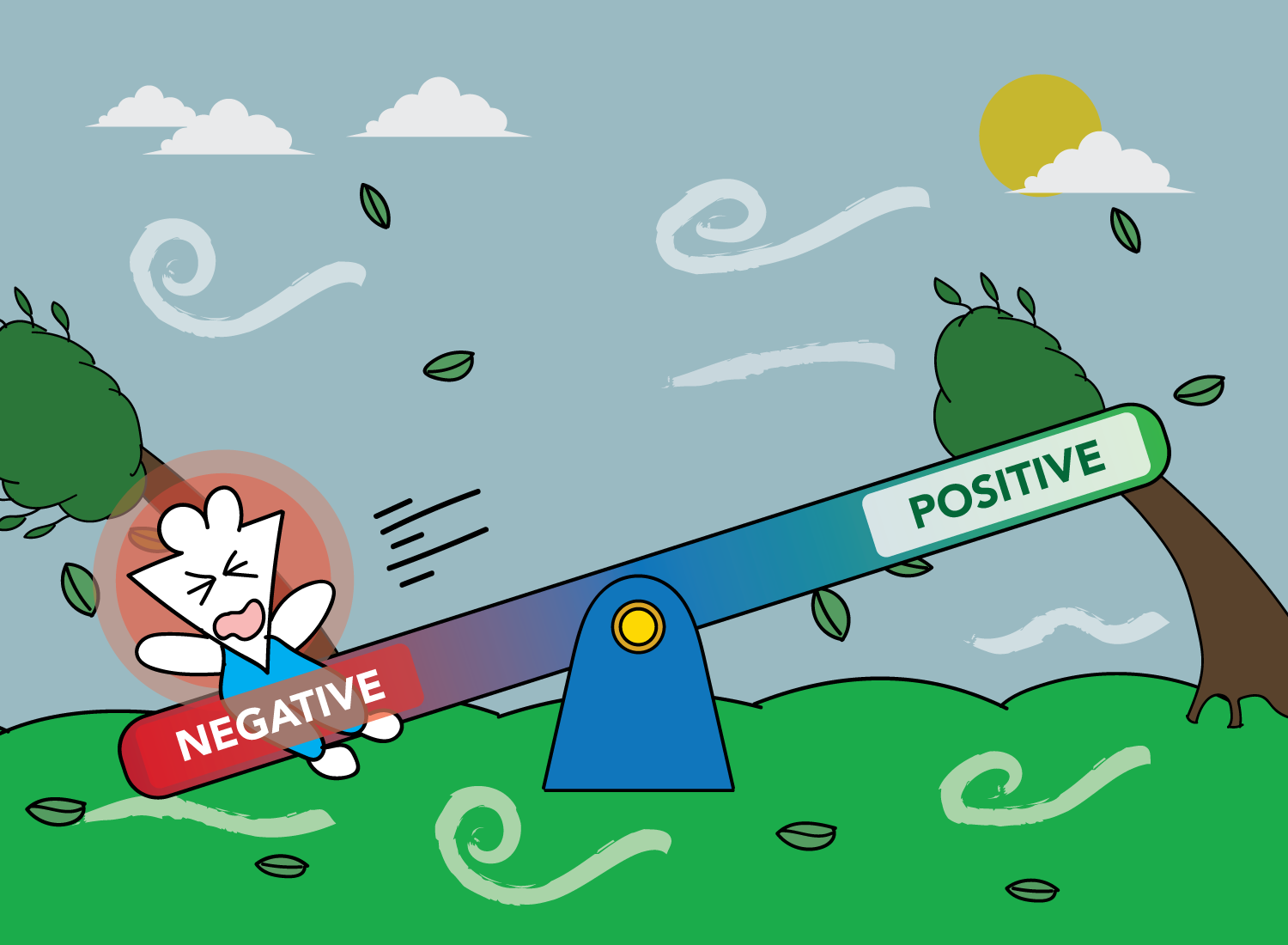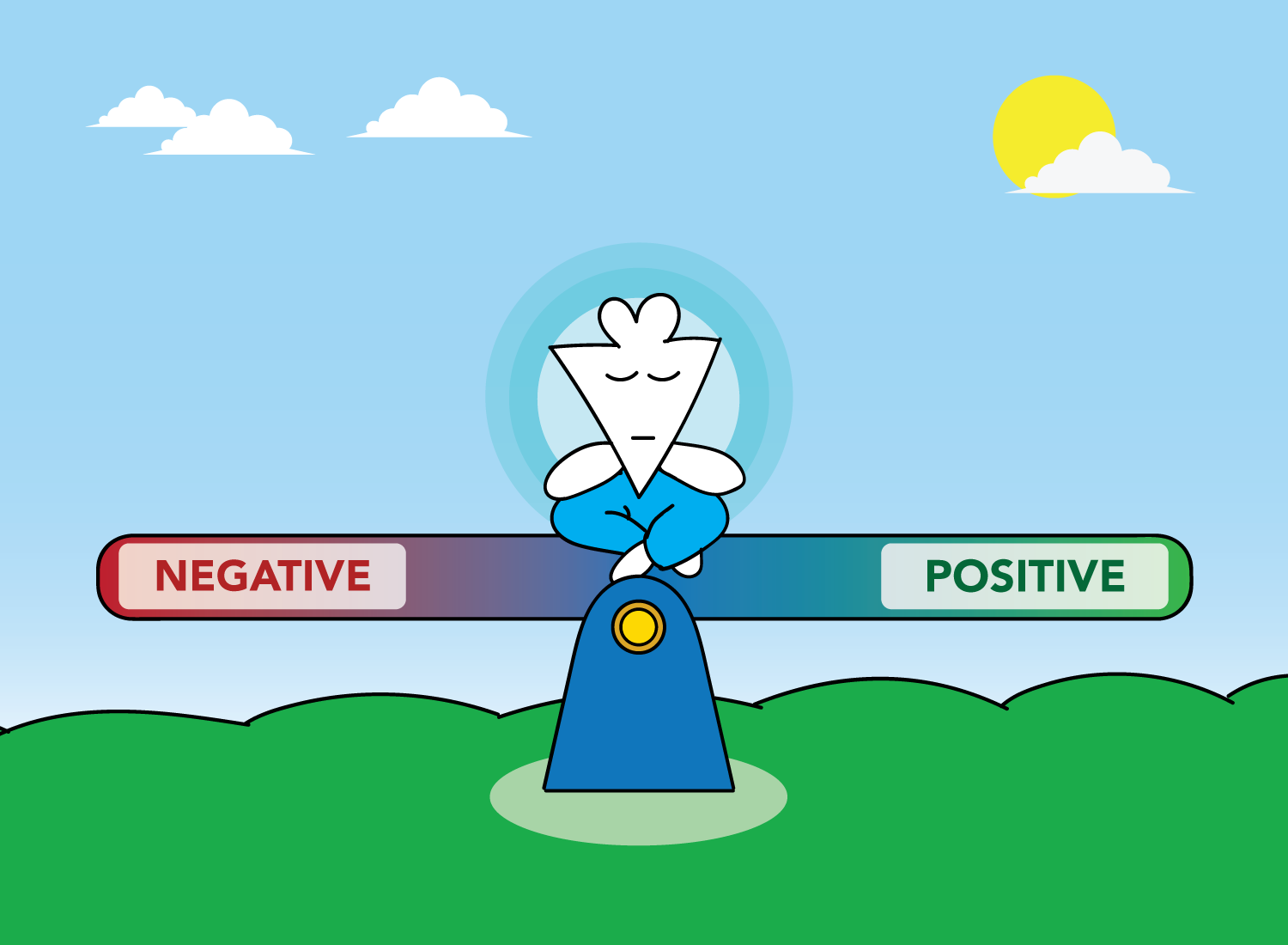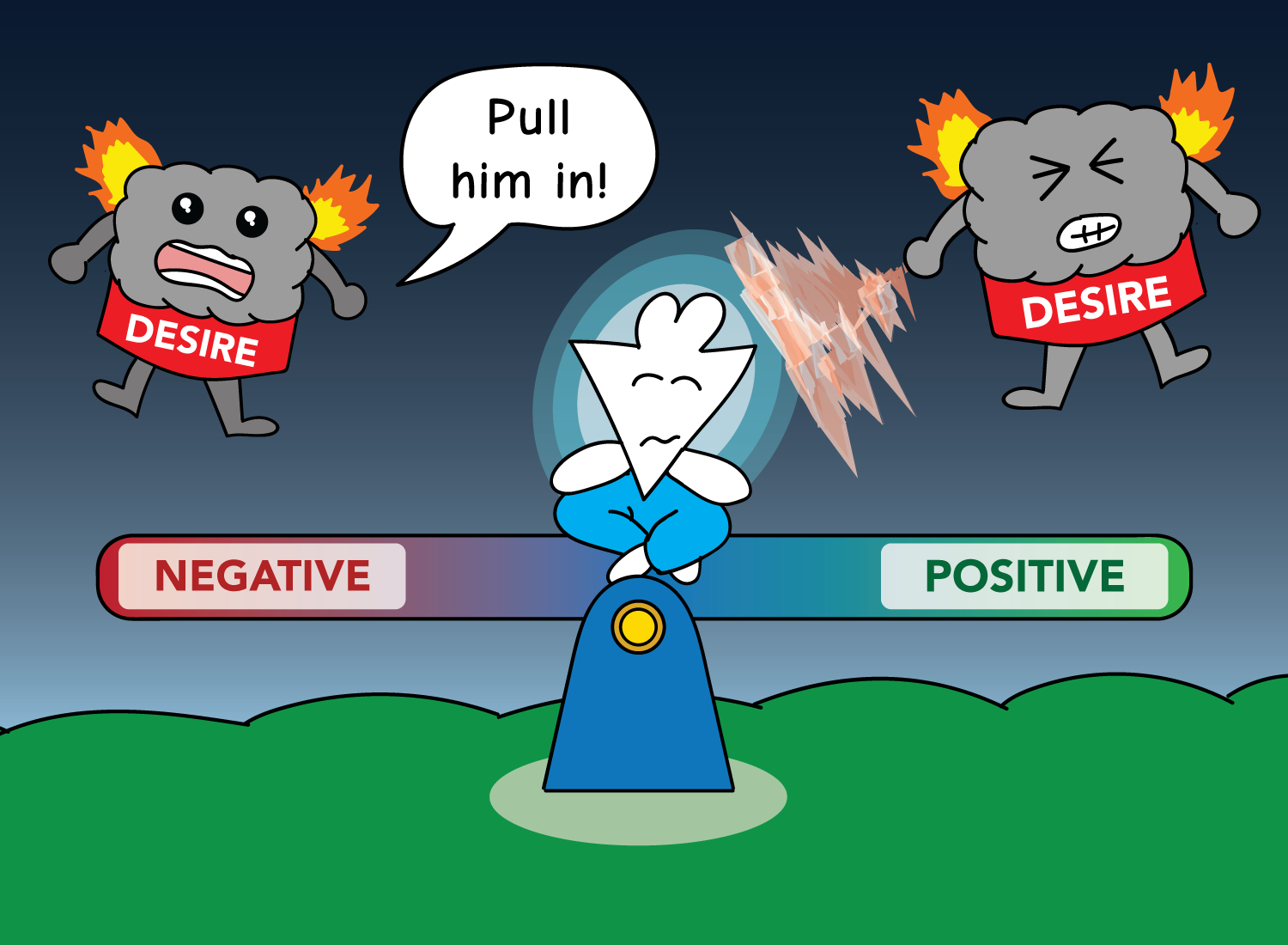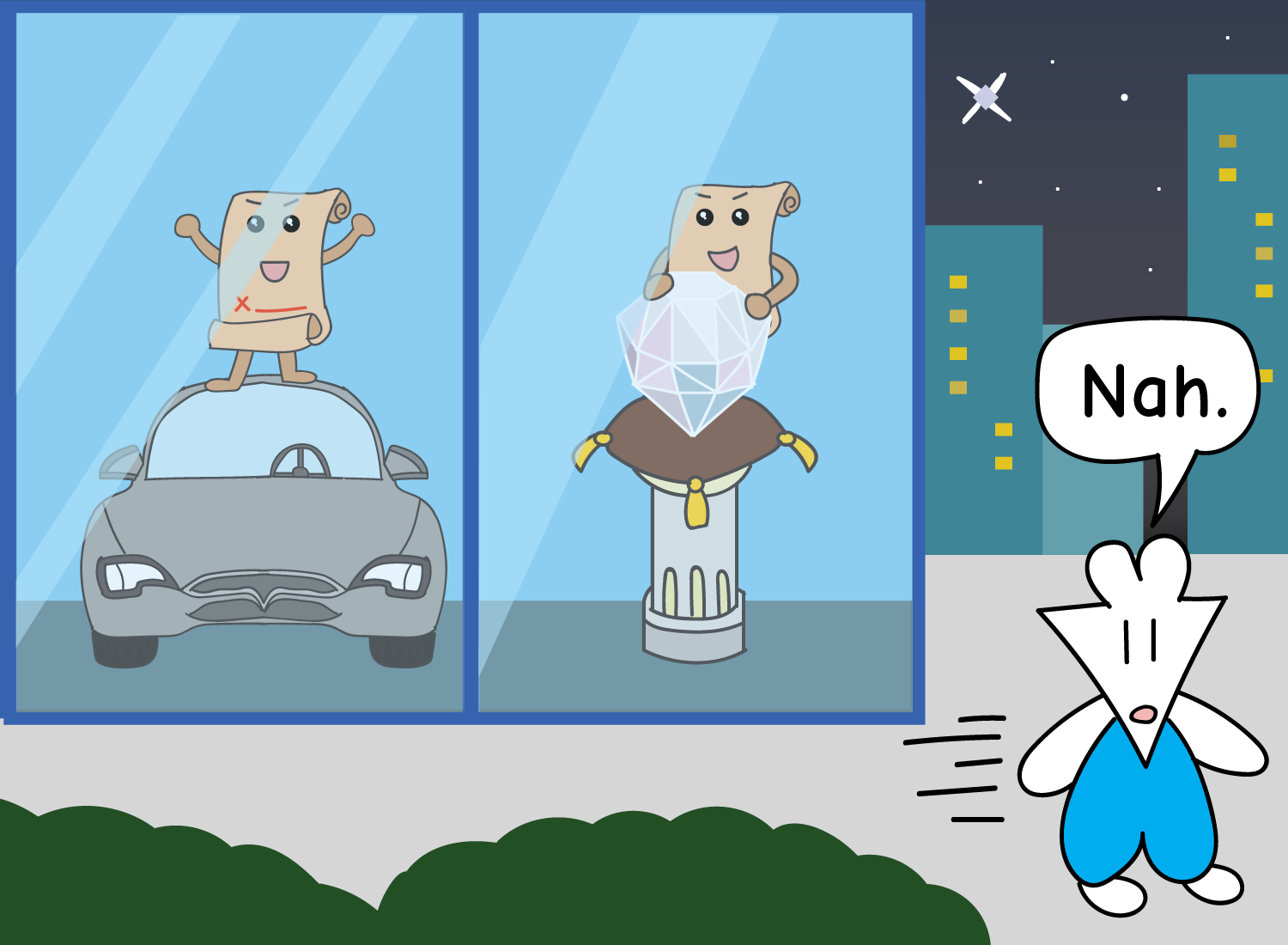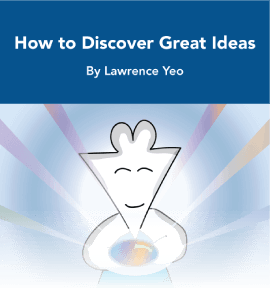Happiness Is a Serious Matter
Next time you see your parents, ask them what they want most in life.
Okay, shit. Maybe ask them for the next best thing.
Chances are they’ll say some variation of that. The thing they want most is for you to be happy.
It’s as honest of a response you’ll get, and one you don’t have to question much. After all, you want to be happy as well, so it’s nice to have agreement on the one thing you care for so much in life.
But like all shared goals, it raises some interesting questions. How will your parents know whether or not you’re headed in the right direction? How will they know if you really are happy?
Is it enough to just tell them that you are?
Or do you have to put a big smile on your face every time you see them?
Or do you just go about your daily life, and hope that they pick up on your vibe?
There’s no straight-forward way of getting the message across. Whether you explicitly tell them you are happy or make it implicit in your actions, it’s hard for them to know if your life is imbued with the happiness they want you to have.
This is because everyone’s definition of happiness is different. The things that make you happy can be nonsensical to another. For a state of mind as universally desirable as happiness, we are woefully unequipped to pinpoint what it even is.
Since we can’t figure out how to define happiness, perhaps we can start by saying what it is not.
It appears that happiness is not misery. It is not suffering. It is not pain.
These are negative states that we intuitively want to avoid, and seem antithetical to our quest for happiness.
However, even this is untrue.
Context is everything, as the circumstantial framing of the emotion makes all the difference.
To illustrate what I mean, let’s say you were enjoying a wonderful movie at home.
All of a sudden, a sharp pain rips through your thigh. It feels like it’s on fire, and you can think of nothing else but this searing pain.
You were expecting a relaxing night watching Toy Story, but for no good reason, you ended up in this terrifying situation.
Undoubtedly, this would not be happiness. This would be shittiness.
But now let’s change the context around this pain, and put a different frame around it.
Let’s now put you in a gym, preparing for a squat lift that would be your new personal best.
You’ve trained your whole life for this moment, and now it’s time to actualize it. As you lift the weight, the same searing pain rips through your legs. It’s just as painful as the one you experienced earlier, but now, this pain is viewed in a very different light.
It has become desirable, and acts as a reliable indicator of the joy that will come from achieving a new goal.
The physiology of pain was the same in both scenarios, but one was perceived as terrifying, while the other as pleasurable. This ability to frame our experiences is why we can’t say that pain and suffering are inherently bad. The struggle is often said to be the most meaningful part of a journey, so happiness cannot be defined as the absence of suffering.
Similar to the Thought See-Saw described in a previous post, I view positive and negative emotions as two sides of a see-saw. When you’re sitting on one end, it feels like that side has immense power. All your weight is holding it down, and it seems like you have the whole world figured out.
This is where you start making definitive statements like “pain is bad” and “abundance is good.” But of course, the winds of circumstance can blow you away to reveal that the other side is just as true. Pain can indeed be good (as shown in the weightlifting scenario) and abundance can certainly be bad (as the late great Notorious B.I.G. famously said, “Mo Money, Mo Problems”).
This means that occupying any end of the see-saw comes with the knowledge that the other side is just as attainable. Positive emotions exist only because their negative counterparts do, and vice versa.
To say that you are joyous means that you were once sad. To say that someone is exciting means that you know someone who is dull.
Every positive emotion contains a seed of a negative one that can sprout at any moment. The Tao Te Ching summarizes this beautifully:
Misery is what happiness rests upon.
Happiness is what misery lurks beneath.
This is why I don’t define happiness as the state of experiencing positive emotions. It is too fragile and fleeting of a place to be, and would make me too reactive to the winds of circumstance. I’d also be too committed to holding onto what feels good, resulting in an endless chain of desires that could be reset at a moment’s notice.
Happiness does not reside at either endpoint of the see-saw. Instead, it rests in the middle, on top of the immovable fulcrum of the lever itself.
This is the place of grounded neutrality, the place where you can simply accept what is happening to you and around you. It’s where the longing for more is absent, and where the winds of circumstance can no longer budge you.
True happiness, however, is no laughing matter. Putting on a smiling face and going for cheap thrills won’t get you there. Positive emotions are easy to attain; grounded neutrality is not. It takes deep reflection and inner resolve to stay still and keep the whims of desire at bay.
This thing called desire is hardwired into all of us, but our history with it is complicated.
Desire was a useful tool in 11,000 BC, where our environment was plagued by the problem of scarcity. We needed to lust for any potential mate to pass on our genes, and hunger for any source of food to live another day.
Fast forward to 2019, and we are no longer plagued by the problem of scarcity. We are plagued by the problem of abundance.
Our lives have become inundated with thoughts about our reputations, our influence, our possessions, and all the other stories we have grown to believe. We have been conditioned to want things we don’t need to quell fears that aren’t real.
Desire, however, cannot (and should not) be eliminated entirely. Without desire, we wouldn’t search for meaningful work, or try to leave bad relationships. Without desire, we wouldn’t be able to upgrade the quality of our problems.
So instead of removing all your desires, the key is to limit them. Dramatically cut down the number of things you want, for implicit in desire is a dissatisfaction with what you already have.
Entrepreneur and investor Naval Ravikant frames it well:
Desire is a contract that you make with yourself to be unhappy until you get what you want.
How many of these contracts do you want to sign? For each one you do, remember that you are taking out a loan against your happiness. You are drawing yourself away from the midpoint of the see-saw, and toward one of the endpoints.
These contracts are expensive, so you want the bare minimum necessary – only one or two big desires at a time will do.
If getting that promotion is your overarching desire, then go deep into that and long for nothing else. If you want to be a better parent, then put time with your children above any other priority. Everything else is a wasteful luxury that your happiness cannot afford.
Another way to limit desire is to remember that it is just another form of fear.
At its core, desire is the fear of who you are now. It’s the fear of accepting your default state, believing that who you are today is not enough.
Fear is the enemy of happiness, and it is our job as rational thinkers to silence it. It’s to learn how to accept the present condition, and to be at peace with our inner state.
The Stoic philosopher Seneca writes (emphasis mine):
The pleasure that is in the amusements of the many is slight and superficial. And any joy lacks foundation when it has been imported from elsewhere. The joy of which I am speaking, to which I seek to direct you, is solid through and through, and has its widest scope within.
True happiness is not found in an external pursuit or a thrilling experience. It is located in a studious soul and a centered mind.
Real joy is neither positive nor negative – it’s simply being okay with it all. There’s nothing more to desire, nothing less to discard. It will take great resolve to make this our natural state, but keep in mind that the center of the see-saw is always accessible.
We just need to be reminded that it’s there.
_______________
_______________
This is what the journey to happiness would look like if it were a video game:
And remember that close relationships are the greatest keys to true happiness:
